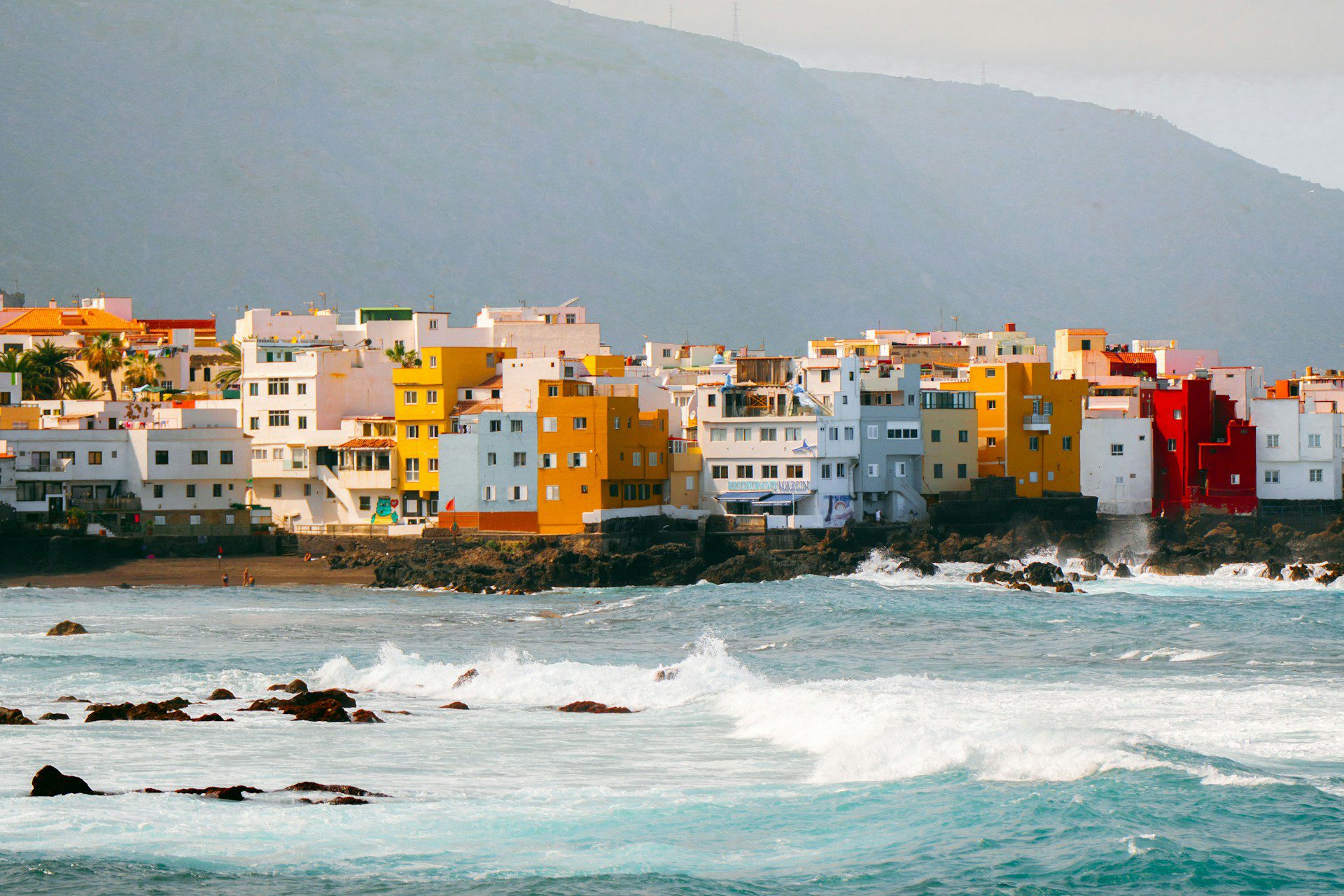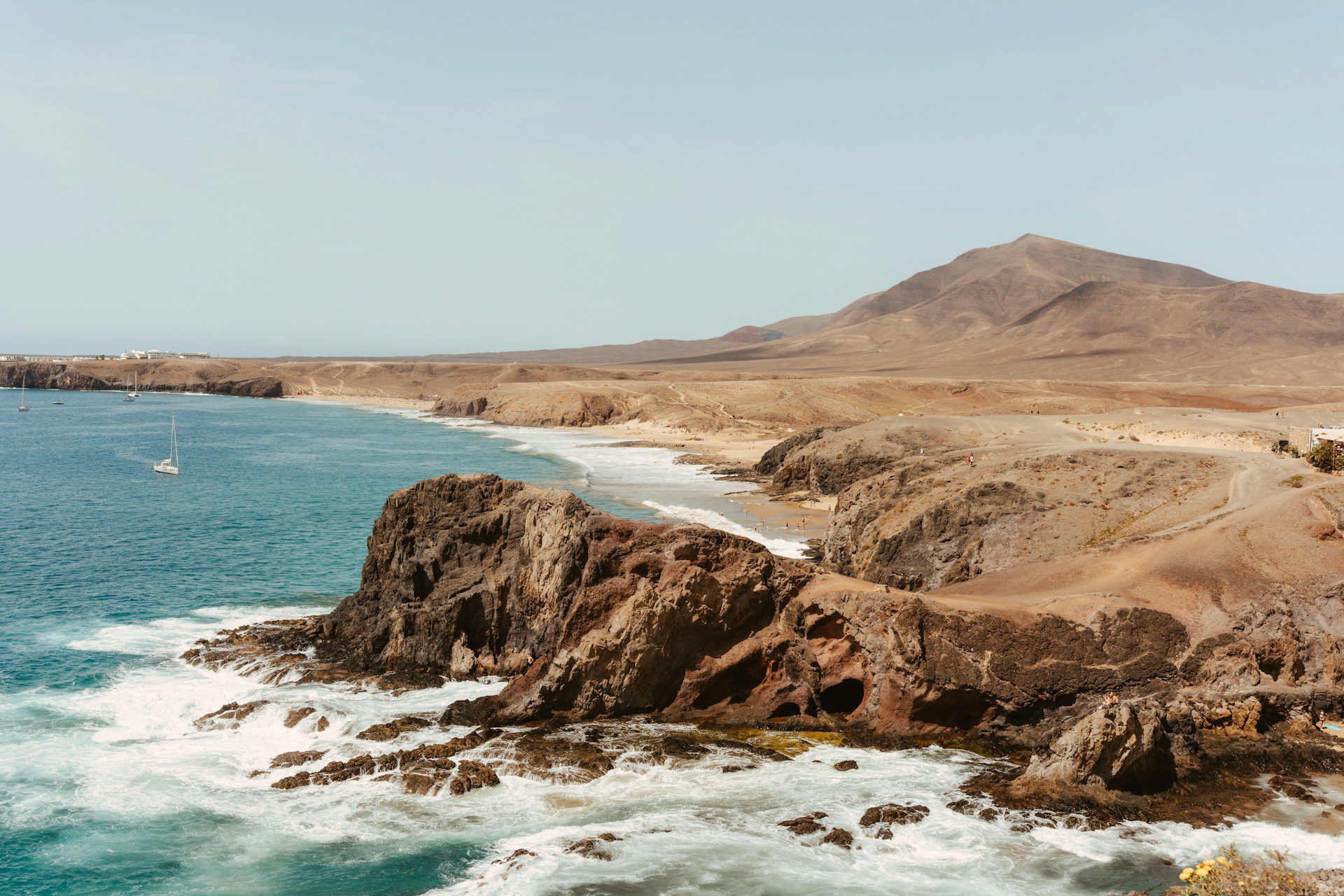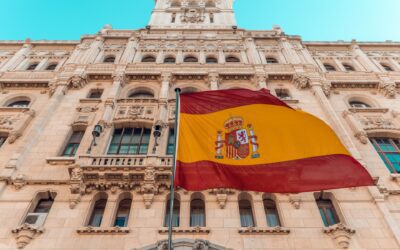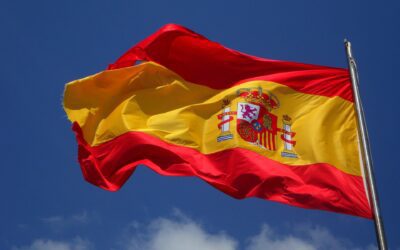|
|
A 2023 study by Visa Guide World has declared that Spain offers the best digital nomad visa in the world. But do we agree with this judgment? Let’s evaluate the factors that they used to reach this decision and throw in some additional criteria that we think are important to decide.
Spoiler Alert! We think they are probably right and that the biggest problem with the Spain Digital Nomad Visa is likely to be that it is heavily oversubscribed.
Spain Digital Nomad Visa Basics
It is not hard to see why the Spain digital nomad visa is near the top of the list. Spain consistently rates in the top 10 when it comes to quality of life and is well-placed for those wishing to explore Europe with good transport links. It is part of the European Union and the Schengen Area, so if you get the visa, you can also explore other Schengen countries as a tourist for up to 90 days in every 180 days.
But the key criteria leading to this high ranking are as follows:
Pathway to Citizenship
The visa is granted for one year in the first instance, but the residence permit can be renewed for up to five years if you continue to meet the criteria. After five years on the visa, you can apply for permanent residence, which can eventually be a pathway to citizenship.
Low Minimum Income
Spain has an accessible minimum income requirement set at just USD 2,280 per month. This increases by 75% for the first dependent that accompanies you and 25% for every subsequent dependent. Still, this is much more accessible than many other European visas. Neighboring Portugal starts from USD 3,300 per month, the kingdom of Andorra asks for USD 4,200 per month, and Iceland requests a high USD 7,200 per month.
Beneficial Taxes
Spain only offers the standard 183 days tax-free, at which point a visa holder becomes a resident for tax purposes. The visa gives you a special tax rate of just 24% up to EUR 600,000, which is an excellent rate compared to the 48% that you could pay without the visa. However, the ranking erroneously states that the rate is just 15%.
It is also beneficial to note that Spain has Double Taxation Treaties with a lot of other countries, so avoiding double taxation on worldwide income is possible for most people.
Cost of Living
The score also considers that Spain has a highly affordable cost of living, especially by European standards. I estimate the cost of living to be a little higher than they suggest at around USD 750 per month (compared to the USD 670 given in their table). Accommodation is also affordable in Spain. You can find a long-term Airbnb in Madrid from around USD 2,450 per month, and something similar on the local rental market for USD 1,000-1,500 per month.
Internet Infrastructure
The ranking also scores Spain high on internet infrastructure, suggesting average speeds of around 250 Mbps. A decent internet connection is also quite affordable in Spain.

Barriers to Obtaining the Spain Digital Nomad Visa
While I agree with all the positive elements of the Spain digital nomad visa identified by the ranking, I notice that the ranking doesn’t consider how easy it is to actually get the visa. There is a lot of bureaucracy and paperwork standing between you and obtaining a Spain DNV that you don’t see with other digital nomad visas.
Pre-Requisite Application
You must apply for a Foreigner National Identity Number (NIE) before you make your visa application. This is relatively simple to do at your closest consular office with your passport and proof of address, and the fee is less than USD 20. But it does mean an additional trip to the consulate and a three-week waiting period. (Guidance on applying is available here.)
Additional Skills Requirements
Specifically, in addition to demonstrating that you have employment that you can complete remotely which gives you the required minimum income, you must also be able to show that you have had that employment for at least three months, and you must be able to show that you are highly skilled by showing a university degree or relevant professional certificates.
Social Security
You must show proof that you are registered with a social security scheme somewhere. You can be registered in Spain, or you must demonstrate that you are registered in another country and provide evidence that you comply with the regulations there.
Sworn Translations and Legalizations
All documents issued by foreign governments, such as Criminal Record Checks, birth certificates, marriage certificates, and so on, must be authorized by a Hague Apostille, which carries an additional expense. Moreover, documents must be translated into Spanish by an officially recognized translator (your consulate or embassy will provide you with a list), which is just one more bureaucratic hoop to jump through.
More Documents to Obtain in Spain
When you arrive in Spain, you still aren’t done. You should obtain a residence permit from the Oficina de Extranjeria, although you can get by without one. But you will need to register for a NIF, a local tax number, as it is required for most financial transactions in Spain including opening a bank account, signing a mobile phone contract, and even ordering things online.
How Many Digital Nomads Are in Spain?
Research suggests that Spain is already one of the most popular countries in the world for digital nomads. Recent research estimates the number of digital nomads in different countries based on social media activity. However, this information does not let us determine how many of the digital nomads in Spain are Spanish citizens or EU citizens who don’t need a visa.
Nevertheless, Spain stands out as the most popular country in Europe, with 125,000 digital nomads. It is the only European country with more than 100,000 digital nomads. The only country with more digital nomads is the United States, with 210,000, and a large number of those are likely to be American citizens.
Considering the Bureaucratic difficulty associated with getting your hands on a Spain DNV, it will be interesting to find out how many are actually granted. Since the program has been open for less than a year, that information is not yet available.
Nomads Embassy has produced a report on how many digital nomad visas have been granted by countries with longer-established digital nomad visas.
- Croatia has a similar minimum income to Spain for their digital nomad visa (USD 2,958 per month). They had processed 1,398 applications as of February 2023. 680 were approved, 41 were refused, and 135 were suspended, which means that the visa has not yet been processed. That represents an application success rate of 48.8%.
- Cyprus initially capped the number of digital nomad visas on offer to 127, but between February and August 2022, they granted 127 DNVs. The high demand led them to increase their quota to 500.
- Another report suggests that Greece processed 2,918 digital nomad visa applications in the period to October 2021, and that 1,693 were granted, suggesting an approval rate of 58%.
- Hungary has a lower minimum income than Spain for the White Card visa, set at around USD 2,160. To date, they have granted 609 visas, but it is unclear how many applications have been made.
- Perhaps the closest comparison is neighboring Portugal, which in October 2022 had granted 2,600 digital nomad visas, however, the success rate for application is unclear.
Together, this suggests that the Spain digital nomad visa is likely to be heavily over-subscribed, though they have not published a quota for the visa.

The Verdict
Overall, we think that Spain probably deserves its ranking as offering the most attractive digital nomad visa in the world. However, we don’t think that the difficulty of obtaining the visa should be overlooked, and we will be interested to see statistics about the visa when they become available at some point in 2024.












